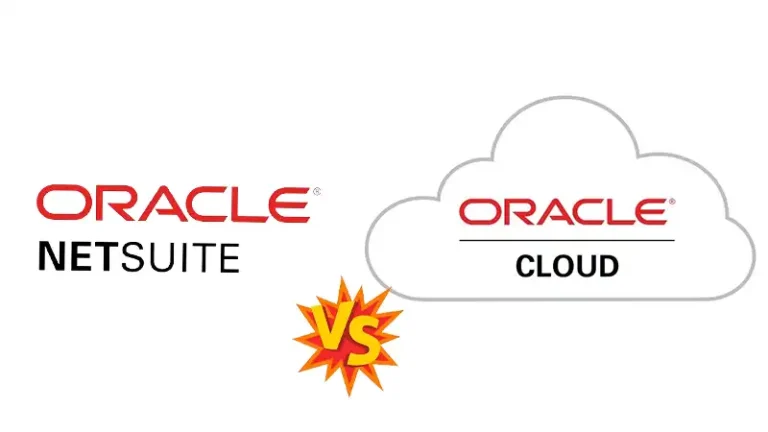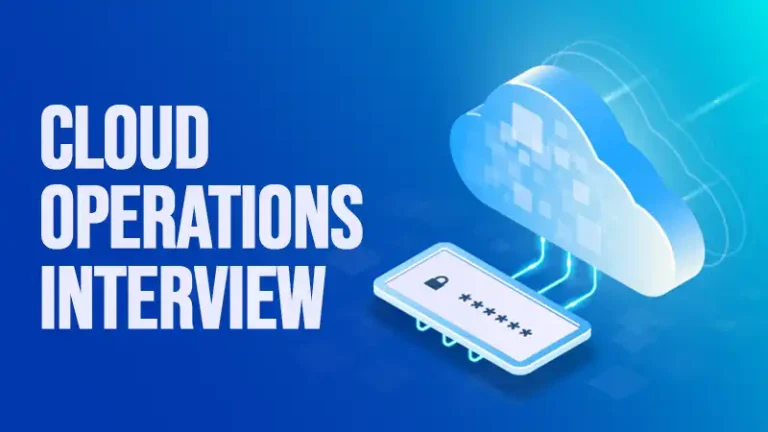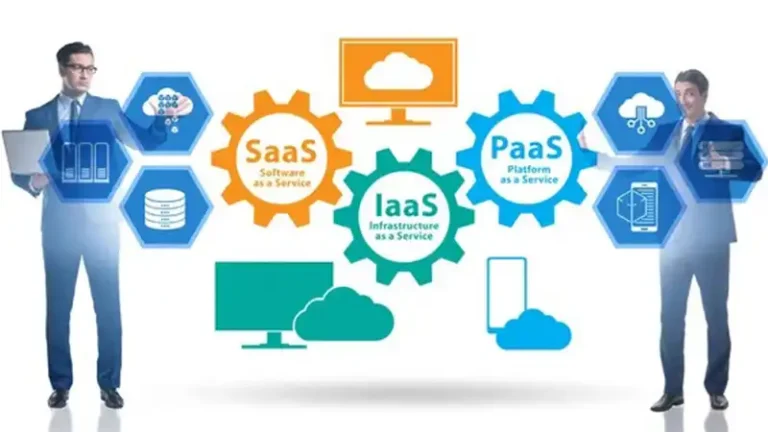A History Lesson for Cloud Detractors
Cloud computing has revolutionised the way we do business and live our lives. It allows us to access and store data and applications from anywhere in the world, on any device. But despite its many benefits, there are still some people who are skeptical of the cloud.
In this article, we will take a deep dive into the history of the cloud and debunk some of the most common myths about it.

The Origins of Cloud Computing
Let’s take a look at the history of Cloud Computing in brief:
Mainframes and Time-Sharing (1950s-60s)
Mainframes were expensive centralized computers accessed through terminals. Time-sharing allowed multiple users to access a mainframe simultaneously through terminals and keyboards connected via phone lines. This paved the way for cloud computing by demonstrating the possibility of accessing computing power remotely.
Grid Computing (1990s)
Grid computing emerged as a distributed computing model that combined many disparate computers and resources to achieve a common goal. This laid the groundwork for the cloud by showing how individual resources could be pooled together over a network.
ASP and SaaS (1990s)
Application service providers (ASPs) allowed companies to rent software access. Software-as-a-Service (SaaS) delivered software over the internet. These were forerunners of cloud applications and on-demand services.
The Rise of Commercial Cloud Computing
The Emergence of Commercial Cloud Services:
AWS Launch (2006)
The launch of Amazon Web Services offered on-demand cloud computing services like storage, computing, and databases to businesses. This marked the beginning of the commercial public cloud era.
Evolution of Cloud Services
IaaS provided scalable infrastructure, PaaS gave a managed app development platform, and SaaS-delivered software functionality. This increased flexibility for companies to consume specific services.
Market Growth (2010s)
Advancements in virtualization, widespread internet connectivity, and increasing digitization led to surging cloud adoption across industries in the 2010s. The market is projected to grow from $370 billion in 2020 to over $930 billion by 2028.
Cloud Computing Myths and Facts
There are several myths about the cloud that are still prevalent today. Some of the most common myths include:
Myth 1: The Cloud is Insecure
The cloud is very secure. Cloud providers invest heavily in security measures to protect their customers’ data.
Facts:
- Leading providers offer stateful firewalls, intrusion detection systems, hardened hypervisors, distributed denial of service (DDoS) mitigation, and 24/7 monitoring.
- Robust identity and access management controls secure access to cloud environments. Access is restricted on a least privilege basis.
- Data encryption protects sensitive information both in transit and at rest. FIPS 140-2 and AES-256 standards are typically implemented.
Myth 2: The Cloud is Unreliable
The cloud is very reliable. Cloud providers offer a high level of uptime and service level agreements (SLAs).
Facts:
- Cloud platforms achieve over 99.99% uptime through redundant infrastructure distributed across multiple geographic regions.
- Service level agreements (SLAs) guarantee high availability levels, often with financial penalties for non-compliance.
- Built-in continuity mechanisms like auto-failover between availability zones and disaster recovery capabilities minimize disruptions.
Myth 3: The Cloud Has Significant Vendor Lock-in
The perception of significant vendor lock-in with the cloud is a common myth. In reality, many cloud providers support open standards, facilitating seamless transitions between platforms and mitigating concerns about dependence on a single vendor.
Facts:
- Standards like OVF and CIM facilitate the portability of VMs across vendors.
- Containerization through Docker and Kubernetes enables portable application architectures.
- Many providers now allow data migration between competitive platforms.
- Hybrid and multi-cloud adoption mitigate dependency on a single vendor.
Myth 4: The Cloud is expensive
The cloud can be very cost-effective, especially for businesses with variable workloads. However, it is important to choose the right cloud services and to monitor your spending.
Facts:
There are several reasons why the cloud can be cost-effective:
- Cloud providers can negotiate better prices on hardware and software than individual businesses can.
- Cloud providers typically offer a pay-as-you-go pricing model. This means that you only pay for the resources that you use.
- Businesses do not need to purchase and maintain their own hardware and software when they use the cloud. This can save businesses a significant amount of money upfront.
The Future of the Cloud
The cloud is still a relatively new technology and has the potential to grow, adapt, and revolutionize the IT industry.
- Cloud technologies will continue maturing to address evolving needs around flexibility, intelligence, and automation.
- Hybrid models blending public cloud with on-premise environments will gain prominence.
- As cloud experience grows, best practices will become mainstream – diminishing common misconceptions.
- Cloud will cement its place as the foundation underpinning innovation and business transformation.
FAQs – Frequently Asked Questions and Answers
- Who are the most well-known cloud service providers?
Answer: The most well-known cloud service providers in the world are: Amazon Web Services (AWS), Microsoft Azure, Google Cloud Platform (GCP), Alibaba Cloud, IBM Cloud, Oracle Cloud, and Rackspace.
- What are the security risks of using the cloud?
Answer: The most common security risks associated with cloud computing are data breaches, malware attacks, and denial-of-service attacks.
- How to choose the right cloud provider?
Answer: When choosing a cloud provider, you should consider the following factors: your budget, your security requirements, the features and services that you need, and the provider’s reputation.
To Conclude
The cloud has come a long way since its early days. It is now a secure, reliable, and affordable way to access and store data and applications. Cloud computing is the future of IT, and businesses that do not adopt it will be left behind.







